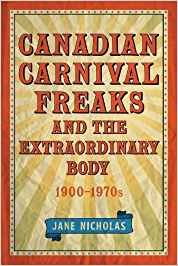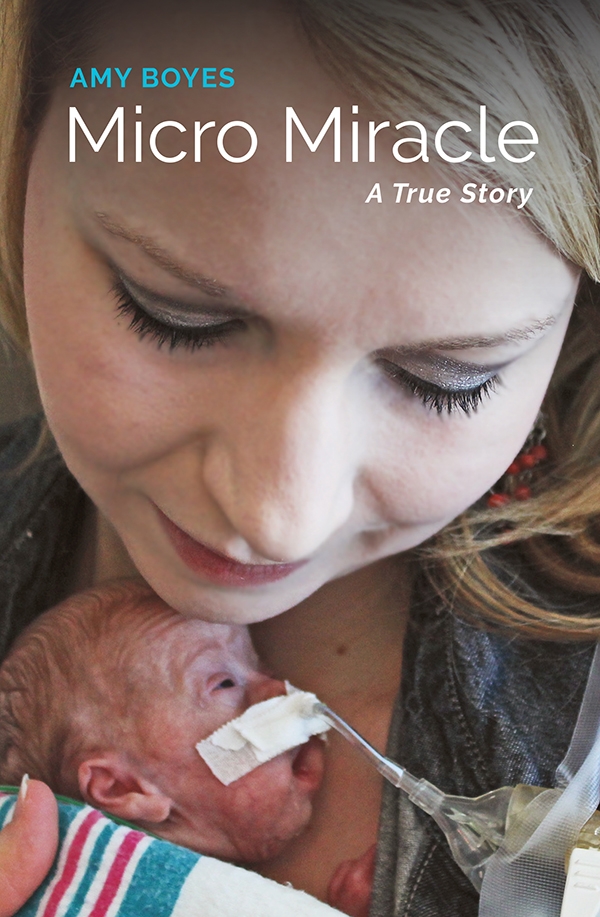
Canadian Carnival Freaks and the Extraordinary Body 1900-1970s
Canadian Carnival Freaks and the Extraordinary Body, 1900-1970s
By: Jane Nicholas
320 pages • ISBN 978-1487502652
In 1973, a five year old girl known as Pookie was exhibited as "The Monkey Girl" at the Canadian National Exhibition. Pookie was the last of a number of children exhibited as 'freaks' in twentieth-century Canada.
Jane Nicholas takes us on a search for answers about how and why the freak show persisted into the 1970s. In Canadian Carnival Freaks and the Extraordinary Body 1900–1970s, Nicholas offers a sophisticated analysis of the place of the freak show in twentieth-century culture. Freak shows survived and thrived because of their flexible business model, government support, and by mobilizing cultural and medical ideas of the body and normalcy. This book is the first full length study of the freak show in Canada and is a significant contribution to our understanding of the history of Canadian popular culture, attitudes toward children, and the social construction of able-bodiness. Based on an impressive research foundation, the book will be of particular interest to anyone interested in the history of disability, the history of childhood, and the history of consumer culture.
Jane Nicholas is an associate professor in the Department of History and Department of Sexuality, Marriage, and Family Studies at the University of Waterloo.
"In Canadian Carnival Freaks and the Extraordinary Body, 1900−1970s, Jane Nicholas seamlessly weaves together multiple histories: the history of the body, of children and childhood, of the working class family, of the cultural and social history of the carnival and the ‘freak show,’ among a number of others. Meticulously researched and sensitively argued, Nicholas adds immeasurably to our understanding of the central role that marginalized Canadians, particularly those with embodied differences, played in shaping broader ideas of normalcy, social acceptability, productive work, and cultural consumption." — Mona Gleason, Department of Educational Studies, University of British Columbia








